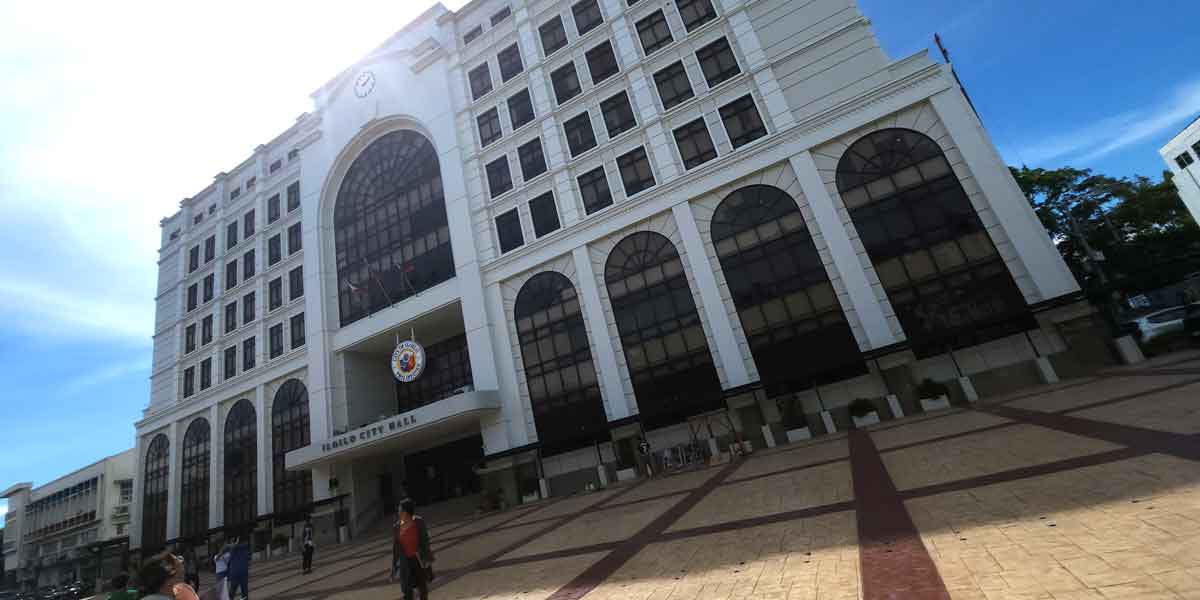By Francis Allan L. Angelo
The dismantling of the historic facade of Iloilo Central Market, an art deco treasure in the heart of Iloilo City, has set a disconcerting precedent. The move by SM Prime Holdings, sanctioned by city officials, prompts a pressing question: What is the true cost of development at the expense of cultural heritage?
The crux of the issue lies in the alteration of the initial agreement between SM Prime and City Hall. The decision to raze rather than preserve implies a radical change that should have merited approval by the City Council, given the market’s historical significance and public interest in its fate. When contractual changes could potentially erase historical landmarks, stringent scrutiny is paramount to ensure that the interests of the community are safeguarded.
By allowing such a significant alteration without proper oversight, the local government risks losing control over future projects that may impact the city’s cultural heritage. A building that stood as a testament to Iloilo’s past is now a rubble of broken promises, and the impact goes beyond breached contracts—it’s a fissure in the city’s historical fabric.
Moreover, the Iloilo Central Market is situated in a designated heritage zone, protected under National Historical Commission of the Philippines (NHCP) Resolution No. 3 since 2014. The absence of stringent enforcement measures might inadvertently signal to others that heritage preservation can be sidestepped for commercial interests, citing structural soundness or redesign needs. This alarming possibility undermines the very purpose of heritage zones.
Without strict enforcement of heritage preservation guidelines, the unique character and historical significance of the area may be lost forever.
The safeguarding of historical zones must be paramount, enforced through stringent regulatory frameworks that balance structural soundness and heritage preservation. Otherwise, we risk a domino effect of historical erasures justified by the mutable pretexts of progress.
The lack of a public hearing on such a crucial matter raises further concerns. Heritage is not an exclusive domain of the government or corporations; it encapsulates the collective memory and identity of the people of Iloilo. Their exclusion from the dialogue strips them of their right to participate in decisions that define their cultural landscape.
In a statement, Mayor Jerry Treñas said the NHCP through Chairman Rene Escalante in a letter dated February 20, 2023, is amenable to the project since “it will restore the original architectural character of the old Iloilo Central Market”.
He also noted that “the foremost factor that have been considered is safety as per the National Building Code of the Philippines.”
“The first option was to retrofit. However, it will result to thicker wall that will distort the original design. The option was to reconstruct following the architectural features and existing building footprint. This will ensure a safe structure. Adjustments will also be done on the height of the building because of current road elevation and to mitigate flooding,” the statement added.
The result: “Ratio and proportions will be observed including sightlines to give the illusion of the old structure.”
Cultural heritage belongs to the people of Iloilo, not just the city government, Mayor Jerry Treñas and his kin, or SM Prime. The decision to demolish a beloved landmark should have involved a transparent public hearing process, allowing citizens to voice their concerns and opinions. The NHCP’s apparent consent does not absolve the local authorities of their responsibility to engage with the community on such a sensitive issue.
Our local officials and SM Prime must remember that the tangible and intangible properties at stake are more than just architectural elements; they are the soul of Iloilo, embedded in its citizens’ sense of place and identity. As we grapple with the irreversible loss of the Iloilo Central Market’s facade, we are reminded that while infrastructure may foster economic growth, it is the culture and history that sustain a city’s spirit.
While the mayor’s statement cites the need for a safer structure and flood mitigation, these concerns could have been addressed through a more sensitive approach that respected the original design. The commitment to reconstruct the facade faithfully is welcome, but it does not negate the loss of historical authenticity and the erosion of public trust.
It is a troubling oversight that could pave the way for the erosion of the city’s historical identity, piece by piece, until little remains. Therefore, to maintain the integrity of heritage zones, any action within their bounds must be transparent, inclusive, and thoroughly evaluated, emphasizing preservation over reconstruction.
While the promise to replicate the original design offers some solace, it cannot replace the authentic legacy of the Iloilo Central Market. The community’s heritage should not be sacrificed on the altar of progress but rather integrated into a future where historical integrity and modern needs coexist.
If we can find ways to spend another way to spend P200 million for a brand new but sinking flyover, retrofitting a structure that withstood the test of time is peanuts for a tested mall maker like SM Prime.
For queries, tips, and leads, email: franzangelo@protonmail.com

























